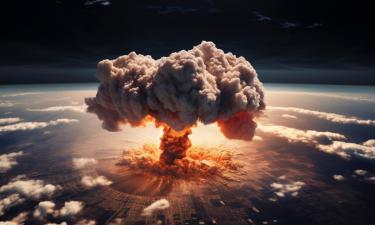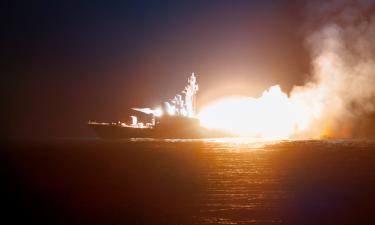Scientists test world's most powerful neutron research facility
For the first time Friday, scientists fired up a powerful new source for creating subatomic neutron particles that could boost research into new materials, superconductors and therapeutic drugs.

After seven years of construction, the Oak Ridge National Laboratory achieved a millisecond of neutron production at the $1.4 billion (Ђ1.12 billion) Spallation Neutron Source facility, the largest U.S. civilian science project.
When fully operational, the Department of Energy installation will produce a pulsing neutron stream 10 times more intense than that of any other research facility in the world.
That stream will allow scientists to look deeper into the structure and dynamics of everything from metals to membranes.
"The type of science that SNS is aimed at, although it is fundamental research, it is ... not too far away from real products and real technologies," project director Thom Mason said.
Planned since the 1980s, SNS is the first neutron source built in the United States in more than 30 years. Europe has the two best neutron sources currently a "steady-state reactor" at Grenoble, France, and the ISIS spallation source at Rutherford Laboratory near Oxford, England.
Jet planes, credit cards, drugs, compact discs, shatterproof windshields, mapping of oil deposits, environmentally friendly dry-cleaning, batteries and fuel cells all have been created or improved through neutron-scattering examinations pioneered by Nobel Laureate Clifford Shull at Oak Ridge in the 1940s and 1950s.
At the SNS groundbreaking in 1999, former Vice President Al Gore said "the most important advances that will come out of this will be the ones that nobody can predict."
Tennessee offered a critical $28 million sales tax break on the project in 2000 to meet demands of Congress and committed several million more to finance related buildings.
Oak Ridge National Laboratory Director Jeff Wadsworth is confident major discoveries will come from the SNS, but he said it will take time.
"The $1.4 billion builds the machine and demonstrates that it will work that you can deliver the neutrons from the target," Wadsworth said. "But building it up to full power and having everything in place will take a further two years."
During that time, SNS's expanding 350-employee work force will be refining 100,000 control points on a machine so powerful it will use enough electricity to light a town of 30,000 and so precise that its 1,000-foot (300-meter)-long linear accelerator was adjusted 0.27 inches (7 millimeters) from one end to the other to account for the curvature of the Earth, reports AP.
O.Ch.
Subscribe to Pravda.Ru Telegram channel, Facebook, RSS!





